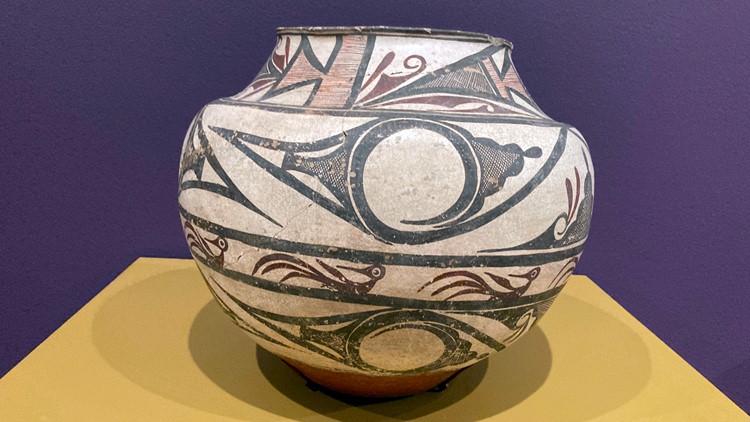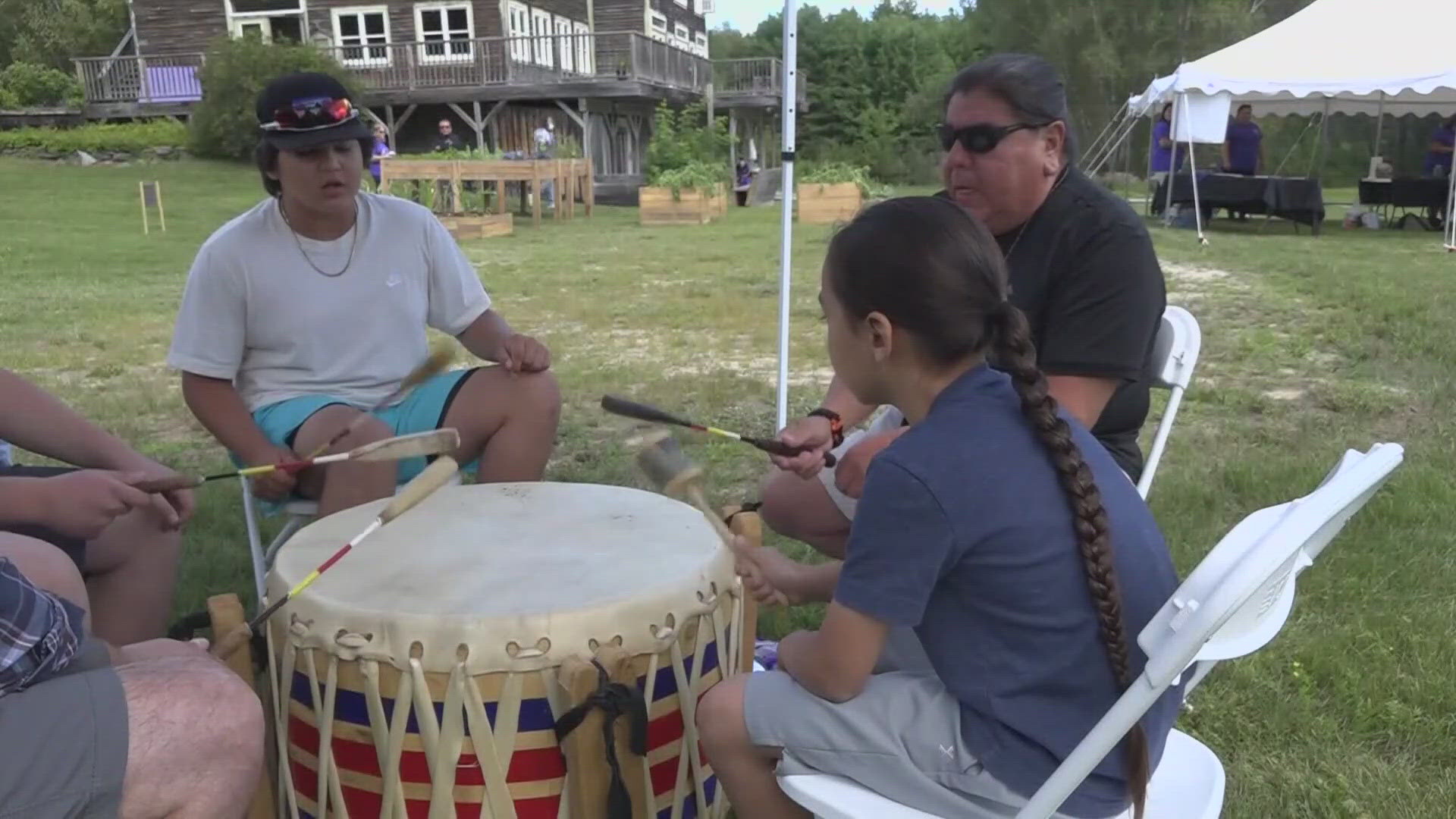SHELBURNE, Vt. — A Vermont museum has acquired a more than 200-piece collection of Native American art and is planning to construct a $12.6 million facility to house the pieces that make up a rare national collection in the Northeast.
The collection donated to the Shelburne Museum is comprised of late 19th and early 20th century pottery, beadwork, clothing and weavings predominantly from Plains and Southwest communities, and combined with its existing Native American collection represents nearly 80 tribes, the museum said.
"Together, the two collections are over 500 items and that's a center of gravity, which is fairly important for northern New England," said museum director and CEO Thomas Denenberg.
The 9,750-square-foot (906-square-meter) building — called the Perry Center for Native American Art — will be designed by Adjaye Associates, an internationally known firm that designed the Smithsonian National Museum of African American History and Culture in Washington, D.C. The building is slated to open in the spring of 2026 and "planned to be a highly sustainable pavilion designed to support the culturally appropriate interpretation and care of Indigenous material culture," the museum said in a statement.
Museum officials have consulted on the project with the leaders of the four bands of the state-recognized Abenaki tribes in Vermont.
“The museum’s collaborative approach to stewardship of the Native American collection and construction of the Perry Center for Native American Art is commendable,” Don Stevens, chief of the Nulhegan Band of the Coosuk Abenaki Nation, said in a statement. “Like the museum, we see this project as an opportunity to bring more people to Shelburne and the region from across the country and internationally to study, learn about and experience Native American art and material culture.”
Some of the pottery is currently on display at the museum in an exhibition that opened last week. The pieces include water jars, grain storage vessels and big bowls, painted with geometric and other patterns. They, along with the rest of the 200-piece collection, were donated by Teressa “Teri” Perry in memory of her late husband Tony Perry, a noted businessperson in Vermont with a deep connection to the region, according to the museum.
“Tony was always drawn to the multi-dimensional nature of Native American art," Teri Perry said in a statement. “He appreciated that this material not only surrounds you in beauty and history, but it also invites a sense of contemplation and spirituality.”
John Stomberg, director of the Hood Museum of Art at Dartmouth College in Hanover, New Hampshire, who visited the current exhibit, called the pieces “stunning.”
In northern New England, the origins of the Native American collections at the Hood Museum and the Abbe Museum in Bar Harbor, Maine, tend to be more related to anthropology and archeology, Denenberg said. They can also be more local while this collection is national, he said, comparing it to the 116-piece Charles and Valerie Diker Collection at the Metropolitan Museum of Art in New York.
“In both cases these major gifts have transformed the museum in a way that it tells the story of North American art and culture. They share that. The Perry collection is a top notch collection,” Stomberg said.
The new building in Vermont will be the 40th at the 45-acre museum of American Art and Material Culture. The gift was announced in May.
“Bringing these collections together presents an opportunity to collaborate with Tribes in the study of both historical and contemporary Indigenous material culture and art in a manner accessible to students, scholars and visitors,” Denenberg said a statement.



